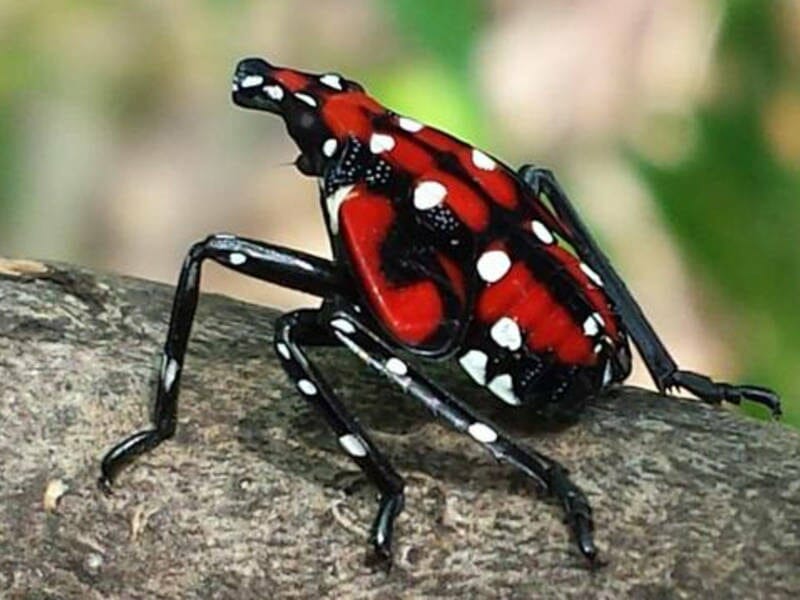A problematic fly from China poses a serious threat to California’s wine and avocado crops
The lantern fly, a sap-sucking insect native to China, was first discovered in the US about five years ago in Pennsylvania. This fly has now spread to several states and could potentially wreak havoc on Californian agriculture if it reaches the state. The lantern fly excretes a sugary substance called “honeydew,” which can lead to the growth of damaging black mold on plants. Moreover, the presence of this fly attracts unwanted pests like ants and hornets, further compounding the issue.
California, being a major player in the wine industry, stands to suffer significant losses if the lantern fly infestation is not addressed promptly. The state is the fourth-largest wine producer globally, generating over $35 billion in domestic sales and $1.5 billion in international exports annually.
California’s diverse ecosystem makes it a prime target for invasive species, with 44% of non-native insect species in the state originally introduced elsewhere in the US. Research indicates that the lantern fly is likely to migrate to California in the near future. Swift action and preventive measures are crucial in mitigating the potential damage caused by this invasive species. There is optimism surrounding the use of a parasitic wasp native to China, which lays its eggs inside the lantern fly’s eggs, effectively controlling the lantern fly population. However, further studies are required to ensure that these wasps do not harm native insect species before they are introduced in California.













































